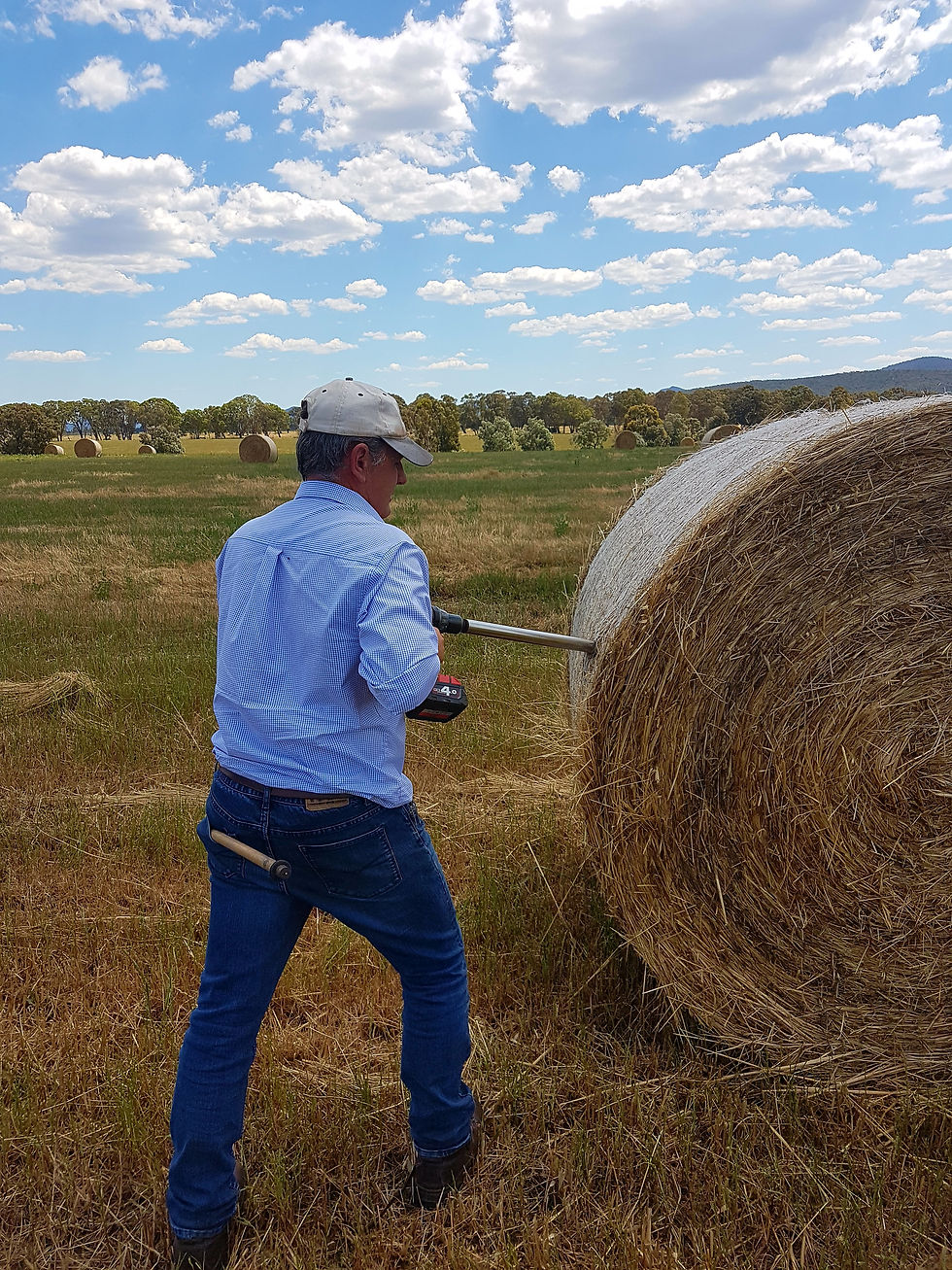MAKING THE MOST OF HOME GROWN FODDER
- Owen Rees

- Sep 15, 2018
- 2 min read
Updated: Jul 21, 2020

In some regions in SA where the seeding was timed well before the first big rain, we saw pastures beginning to establish early and are reaping the benefits now, with some farms heading into full grass over the next week. Unfortunately, the further North East we travel we didn't get that early rain and pastures have been working to get moving through the midst of winter, only now just starting to move.
Coming into longer days and some rain on the radar, we are seeing growth rates accelerating and pastures starting to bulk out. Grass management over the next 3 months is critical to regain production and soften the bills of bought in feed. To maximise grazing value and potential for conserved forage, we need to keep on top of grass movements.
For the farmers, whose grass has kicked, increasing the grazing pressure on the pasture so the cow eats the leaf and some of the stem will increase tillering but also keep the quality in the pasture for the spring.
For those who are only weeks away, it is about keeping residuals high enough to spring back and not use up energy reserves from the roots, ultimately delaying regrowth periods - but holding out for the next few weeks can be a challenge with high hay prices.
Keeping up with fertiliser requirements, having a rotation plan and being ready for silage conservation while ensuring the cows are fully fed, will pay off in spring where we have the opportunity to cut back bought in food and utilise home grown feed.
Our Consultants
EXPERTS IN RUMINANT PRODUCTIVITY
Tom Thorn
0427 243 319
Owen Rees
0429 437 823
Mikaela Baker
0457 243 391
To download a copy of this article, please click the link below…




Comments